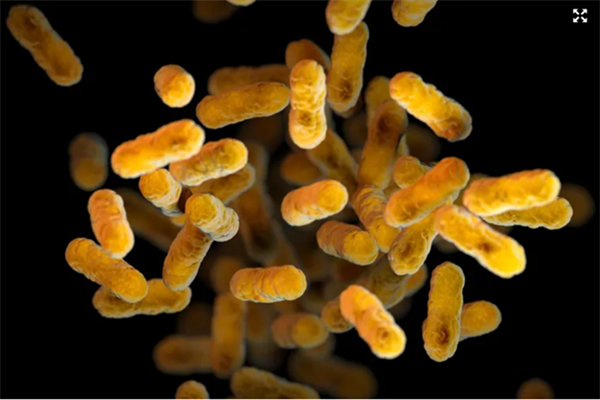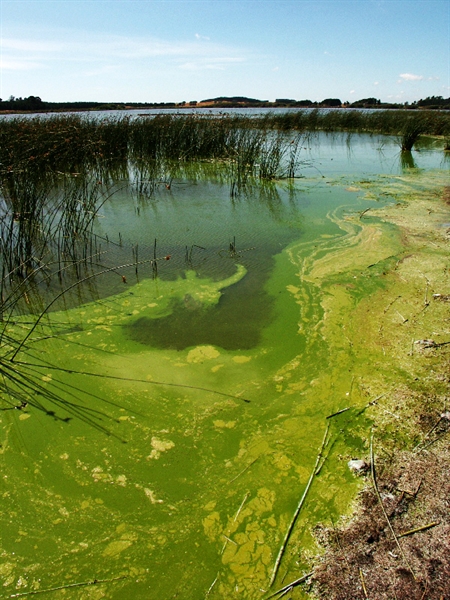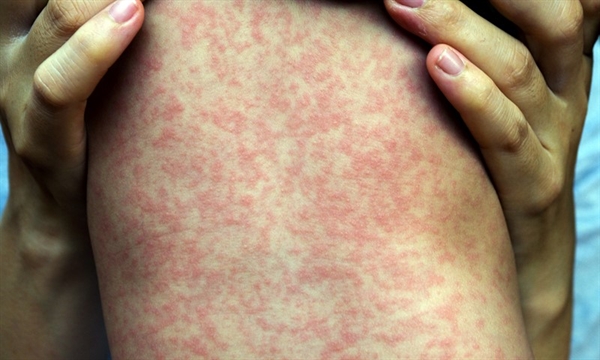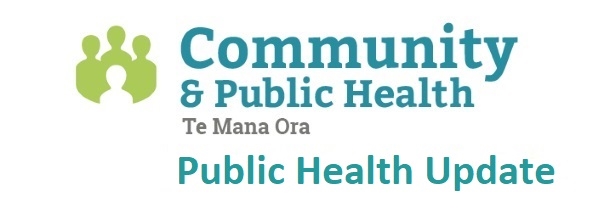12 December 2024
Pertussis testing

New national guidance is available for pertussis testing in the community during the current epidemic. Pertussis PCR is the recommended test for people presenting with characteristic symptoms.
Patients are considered higher priority for testing if:
1. they have an illness that is clinically compatible with pertussis
AND
2. it is within 3 weeks of cough onset
AND
3. any one of the following applies to the person:
- they are aged under 5 years
- they are pregnant and in the third trimester
- they have a chronic respiratory condition and/or are immunocompromised
- they live, work, or routinely spend time with a child/children aged under 12 months, pregnant people, or other people at risk of severe outcomes
- there has been a specific request from the Medical Officer of Health to test
Please note that:
- Suspected pertussis cases should still be notified to public health, even if they do not meet the above laboratory acceptance criteria for testing.
- Patients who fall outside of these criteria, but for whom laboratory confirmation is still thought to be clinically justified, should be discussed with the on-call clinical microbiologist in the first instance.
- Symptomatic contacts of laboratory confirmed cases fulfil the case definition of pertussis (via an epidemiological link) and should NOT have a test done unless requested by public health.
- If multiple household members present with pertussis-like symptoms, testing of one person is usually sufficient.
- Appropriate clinical details relating to the above must be written on the request form so that the request is accepted by the laboratory.
Toxic algal blooms

Warnings for toxic algal blooms (cyanobacteria) are now in place for a small number of recreational water sites in Canterbury and South Canterbury. With a long hot summer being forecast we expect the number of affected sites to increase in the coming days.
Key points from a helpful BPAC article on cyanotoxin poisoning are:
- Cyanobacterial blooms are most common in lowland lakes, rivers and streams during summer and early autumn when warmth and low rainfall facilitate growth. Some blooms produce toxins that can cause adverse gastrointestinal, respiratory or dermatological effects, e.g. rash, cough, sore throat, headache, nausea, vomiting, diarrhoea.
- There is no test available to confirm cyanotoxin poisoning; diagnosis is based on clinical symptoms and signs in association with a history of exposure (e.g. swimming or boating on a river or lake with a current toxic cyanobacterial bloom) and exclusion of other causes.
- There are no antidotes to cyanotoxins; treatment is supportive and based on the type and severity of symptoms.
- Cases of suspected cyanotoxin poisoning must be notified to the local Medical Officer of Health via the usual notifiable disease process.
For information about places where it is safe to swim, including both ocean and freshwater sites, visit https://www.lawa.org.nz/explore-data/swimming.
Measles vaccination

A recent (early November) measles case in an unvaccinated traveller returning from Asia to Waiheke is a reminder of the importance of vaccinating against this highly infectious and potentially life-threatening disease. Population rates of measles vaccination in this country remain well below the necessary 95% level to achieve herd immunity, so we are at high risk of an outbreak. Measles vaccination should not be given in pregnancy but can be given to whanau to provide a level of protection until the infant is 12 months of age and can be vaccinated with MMR themselves.
|




